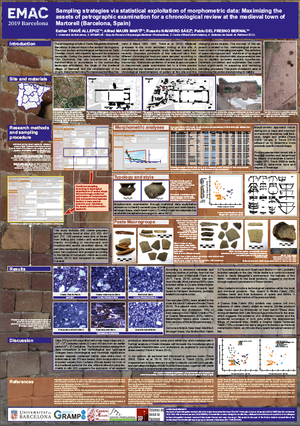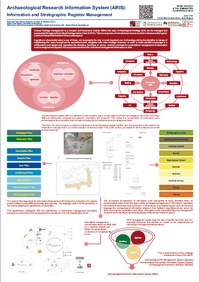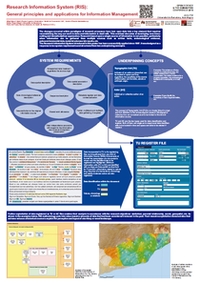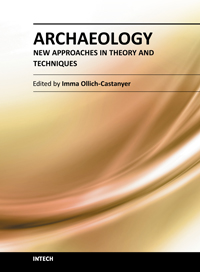Títol: La configuració del paisatge medieval: el comtat de Barcelona fins al segle XI
Autor de la tesi: Alfred Mauri
Director: Dr. José Ignacio Padilla Lapuente,
Departament/Institut: Universitat de Barcelona. Departament d’Història Medieval, Paleografia i Diplomàtica
(Accés a la Tesi doctoral)
Resum:
En els darrers anys l’estudi del paisatge, entès com a sistema, s’ha mostrat com una via de gran fertilitat per fer avançar la recerca històrica des d’una perspectiva que incorpori la comprensió de la complexitat i la integració de les diverses fonts històriques: documentals, arqueològiques, estudis paleoambientals, geoarqueològics, etc.
El territori que identifiquem com a comtat de Barcelona reuneix un seguit de condicions, tant en el seu propi procés històric com en relació als plantejaments d’aquesta recerca, que ens van fer considerar-lo com un àmbit adequat. L’elecció respon a l’interès per l’ús de recursos informàtics en el tractament de la informació, en un propòsit de cercar resposta a com fer-ho i com, de la mateixa manera que ha estat possible en altres ciències, afrontar el processament de grans quantitats d’informació en la recerca històrica, tot fent possible extreure informació de dades que aparentment, per aïllades, podien semblar poc rellevants.
El sistema de treball emprat es basa en un seguit de conceptes que permeten la gestió integrada de la informació.
Unitat d’informació serà:
Qualsevol indicació que permeti conèixer la composició, l’estat, les variacions i les interrelacions de i entre els elements que constitueixen un sistema. Cada unitat d’informació pot pertànyer exclusivament a una de les dues úniques classes de representació d’unitats d’informació amb les quals treballarem: Unitats Topogràfiques [UT] i Actors [AC].
Unitat Topogràfica [UT]:
Entenem Unitat Topogràfica [UT] com l’indicador d’una acció o situació que es pot ubicar en l’espai i en el temps, independentment de l’especificitat de la font d’informació i del seu origen biòtic, abiòtic o antròpic.
Actor [AC]:
Entenem per Actor [AC] el protagonista individual o corporatiu d’una acció.
Operativament, es sistema de gestió de la informació que hem desenvolupat funciona sobre un sistema de gestió de bases de dades i un sistema d’informació geogràfica.
El SGBD està integrat per diverses bases de dades, tant per a la introducció d’informació com per a tasques de validació de dades o auxiliars. Els recursos del SIG s’articulen sobre les bases cartogràfiques de suport, indispensables per a la referenciació geogràfica de les dades gestionades pel SGBD. A aquesta capacitat de georeferenciació cal afegir la de generació automàtica de cartografia d’UT. La combinació d’aquestes dues capacitats és la que ens permetrà generar els suports cartogràfics necessaris en cada moment segons el període i el fenomen objecte d’estudi, sempre a partir d’un ús integrat de les fonts.
És a partir d’aquest punt que ens hem plantejat l’estudi de l’evolució del paisatge en l’àmbit del comtat de Barcelona, analitzant les pervivències de les estructures territorials anteriors; la forma com aquestes han condicionat els models posteriors; el procés d’implantació dels castells termenats i de les sagreres i la seva relació sobre la redistribució de les zones d’hàbitat; la distribució i densitat dels diferents cultius en relació a les zones d’hàbitat, la xarxa viària i les àrees de consum; la configuració dels nuclis urbans, etc.
L’objectiu últim no és pas l’automatització de la producció cartogràfica històrica, sinó possibilitar la gestió integrada de la informació, prenent en consideració la seva significació territorial i identificar aquesta realitat territorial per a cada moment en estudi, prèviament a endinsar-nos en l’anàlisi territorial. L’explotació i l’anàlisi de les dades constitueix la darrera fase d’un procés complex al qual ens ajuden les eines informàtiques, però aquestes no en són l’objectiu.




